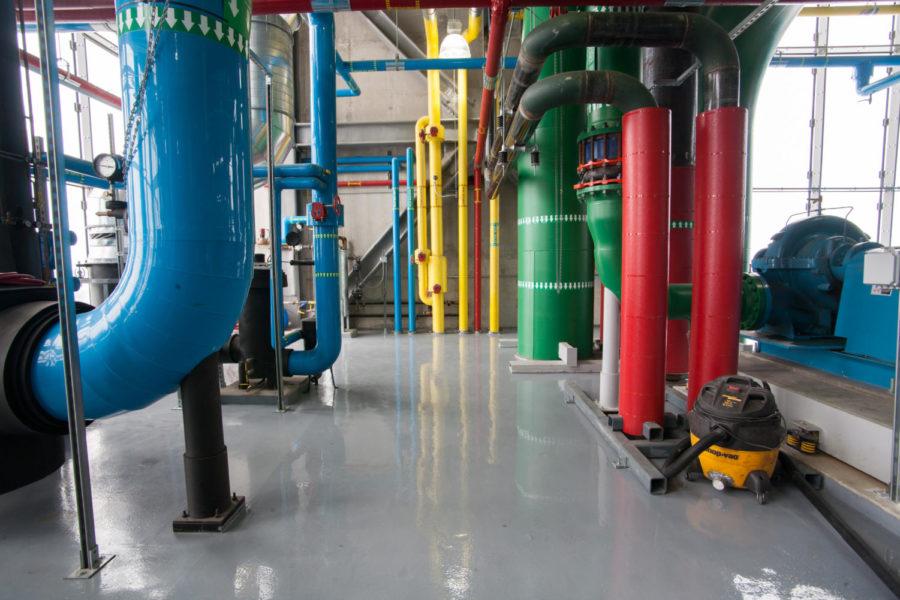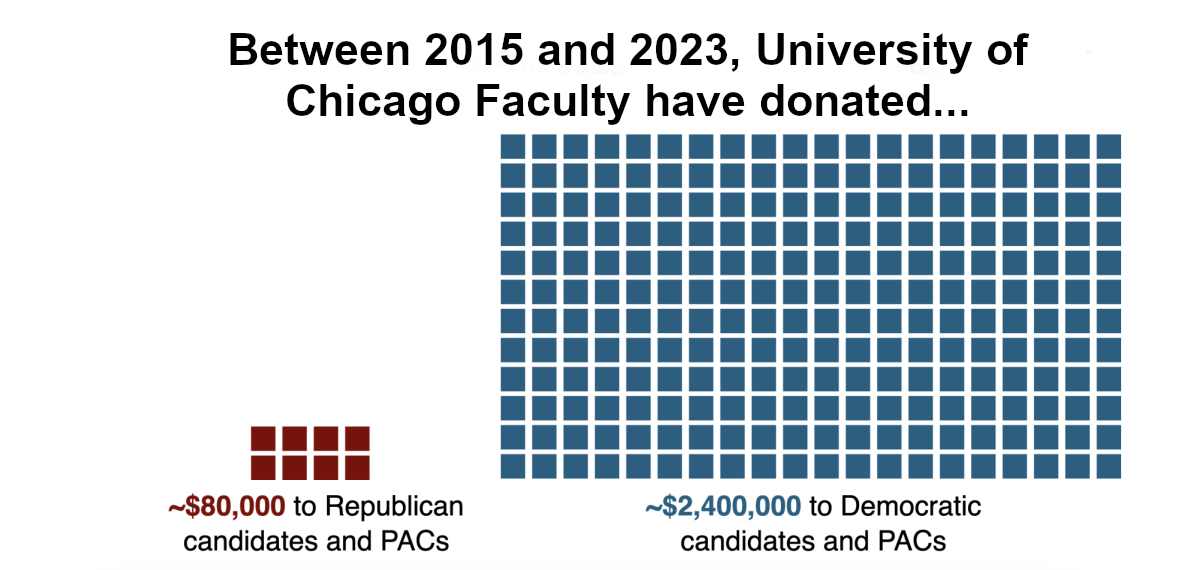As the word “sustainability” hasbecome more and more popular, its precise meaning has gotten muddled. It might be easy to think of examples—from encouraging the use of reusable water bottles to more substantial projects like species conservation—but “sustainability” is now a catchall word for any kind of action that promotes development consonant with environmental principles. Even for many students involved in environmentalist RSOs, the term is a fuzzy one.
It’s been four and a half years since the University established its Office of Sustainability. In that time, the Office has provided free bicycles for people to use around Hyde Park, begun fitting campus buildings with more energy-efficient lighting, and started tracking just how much in greenhouse gas emissions the University produces.
All of these measures appear to fit nicely within a general idea of sustainability. But how does the Office decide which projects to pursue?
The Office was established in November of 2008 on the recommendation of the Sustainability Council, a group of students, staff, and faculty that functioned more as an advocacy group (organizing events for Earth Week, for example) than a shaper of policy. The Council still exists as an organ of the Office.
In its first two years, the Office began to explore the possibility of conducting an audit of the University’s environmental impact, looking in particular at measures like heating and electricity use in campus buildings, fuel consumption by the University’s fleet of shuttles, and everyday food waste.
But rather than take up the kind of boilerplate audit commonly used by schools and businesses, like that designed by the environmentalist non-profit Clean Air–Cool Planet, the Office decided to come up with its own criteria.
But not all data are created equal. Part of the problem was that some kind of environmental effect follows from the University’s every action—from burning natural gas to run the steam plant on Blackstone, to hiring staff who commute by car, to developing on land that might host important native species. Tracking these effects yields different kinds of information, and not all of them can, or even should, have a place in a single policy.
That was partially solved by Ignacio Tagtachian (A.B. ’11), a former student who took on the task of compiling a Greenhouse Gas Inventory, or GHG.
Drawing on the different greenhouse gas methodologies already in use, Tagtachian worked with building managers to determine which metrics are most effective in measuring campus emissions.
Some of the inventory’s findings have been surprising: Greenhouse gas emissions have increased for five out of the last six years. But this is due to the recent building projects on campus as well as to differences in temperature between years, according to Tagtachian.
The inventory’s ongoing research, tailored to the University of Chicago, culminated in the release of the Office’s Strategic Sustainability Plan in 2011.
At four years long, it’s a relatively short-term plan, meant to have run its course by the end of 2014. But it includes a number of ambitious projects, many of them taking place inside campus buildings where old design flaws (like poor weatherproofing and inefficient lighting) can be replaced with less wasteful technologies.
But the plan does not encompass the whole campus. Certain buildings are better-suited for retrofits than others, and priority lies with buildings that are especially wasteful. That’s why the Office has focused its attention on buildings where the plan’s rather general recommendations (informed as they were by incomplete data) would have the most effect.
Facilities Services had already set to work in 2010, a year before the plan was released, after former Trustee James Crown and Paula Crown gave $2.5 million to the department under the condition that it update some of campus’ older buildings. First on that list were Henry Crown Field House, Kent Chemical Laboratory, and the Social Sciences Research building—all more than 80 years old—which by winter of 2011 were treated to new lighting systems and better weatherproofing.
Still, gaps in the records are a major hurdle (for lack of complete data, the GHG only tracks emissions since 2007). Reading through the plan, it becomes clear that its objective is not just to reduce emissions and waste as soon as possible, but also to ensure that each year the data become more complete.
Most projects aren’t so prescriptive, and are based on the interests and priorities of faculty, staff, and students. For instance, the Office is considering bringing an electric car recharging station to campus after Flanagan received several e-mails from faculty and staff asking about the possibility of getting one.
Things get more complicated when it comes to campus culture. Formally, the Office of Sustainability supports RSOs and individuals who are passionate about sustainability, as opposed to directly leading campaigns themselves. Its Sustainable Actions for a Greener Environment (SAGE) trains interested individuals to bring conservation techniques back into their residence halls and offices. There are currently 315 certified SAGE ambassadors on campus, including 144 undergraduate and graduate students.
Some of the Office’s own programs stem from student initiatives. Fourth-year Huiting Xu has been involved in sustainability and environmental work since she entered the College, and currently serves as a co-director for Green Campus Initiative, RSO. She has also held positions on the Sustainability Council, but it was her personal interest in composting and recycling that led to an internship with the Office of Sustainability last year. RSOs hold events all over campus, producing huge amounts of waste that were usually just thrown away. Xu began coordinating the recycling and composting of the trash from different events, transporting the waste to Bartlett Dining Commons and then sorting it.
Around the same time that the Office released its Strategic Sustainability Plan, it drafted a definition of sustainability it could work with:
Sustainability embraces and pursues the precept that human well-being is ultimately sustained by the natural world, which is increasingly impacted by human activity. This calls for balancing development with attention to and investment in the health and productivity of the environment.
But while the Office’s function as a research and administrative body has started to coalesce in recent years, its place on campus among students is not always clear—especially when politics are involved.
According to Brendan Leonard, a second-year who leads the RSO UChicago Climate Action Network, the role of the office is necessarily political, but it has distanced itself from students who agitate.
“The University doesn’t feel comfortable reaching out to us,” Leonard said.
“The Office of Sustainability is still trying to figure out what they want their role to be on campus,” Xu said.









